Five free fonts!
Need a small, legible, variable width typeface?
Trog Font is a base 5x5 font which features upper and lowercase (Puny Mode) glyphs as well as all of the default Pico-8 Japanese characters with adjusted widths. From a 1-pixel wide “i” to a 7-pixel wide “M” the viariable width property allows the glyphs to exist in their most natural forms (for a 5 px high font, that is).
Need something chunkier?
Trog Bold has heavier versions of all western characters and symbols (and also contains the same default Japanese characters as Trog Font).
Need to shout?
Trog Caps uses all of the base Trog Font characters but replaces the lowercase Puny Mode characters with all caps Trog Bold characters - perfect for emphasizing important words.
New - 6-pixel high Trog Tall and Trog Tall Bold
Slightly taller versions of the primary fonts with less compressed lower case letters.
Easy to use
Just un-comment out the font of your choice and use \14 in front of your text. That’s it.
Special thanks to @zep for Pico-8 in general and for enabling variable width fonts, to @SmellyFishstiks for his most excellent variable-width font editor used to create these fonts, and to the lovely and talented people of the LazyDevs Discord for their encouragement. ^_^
Credit me if you’d like, or use the name “Trog Font” in your code comments, or tag me in your cart post - I’d love to see the fonts in use! Enjoy!
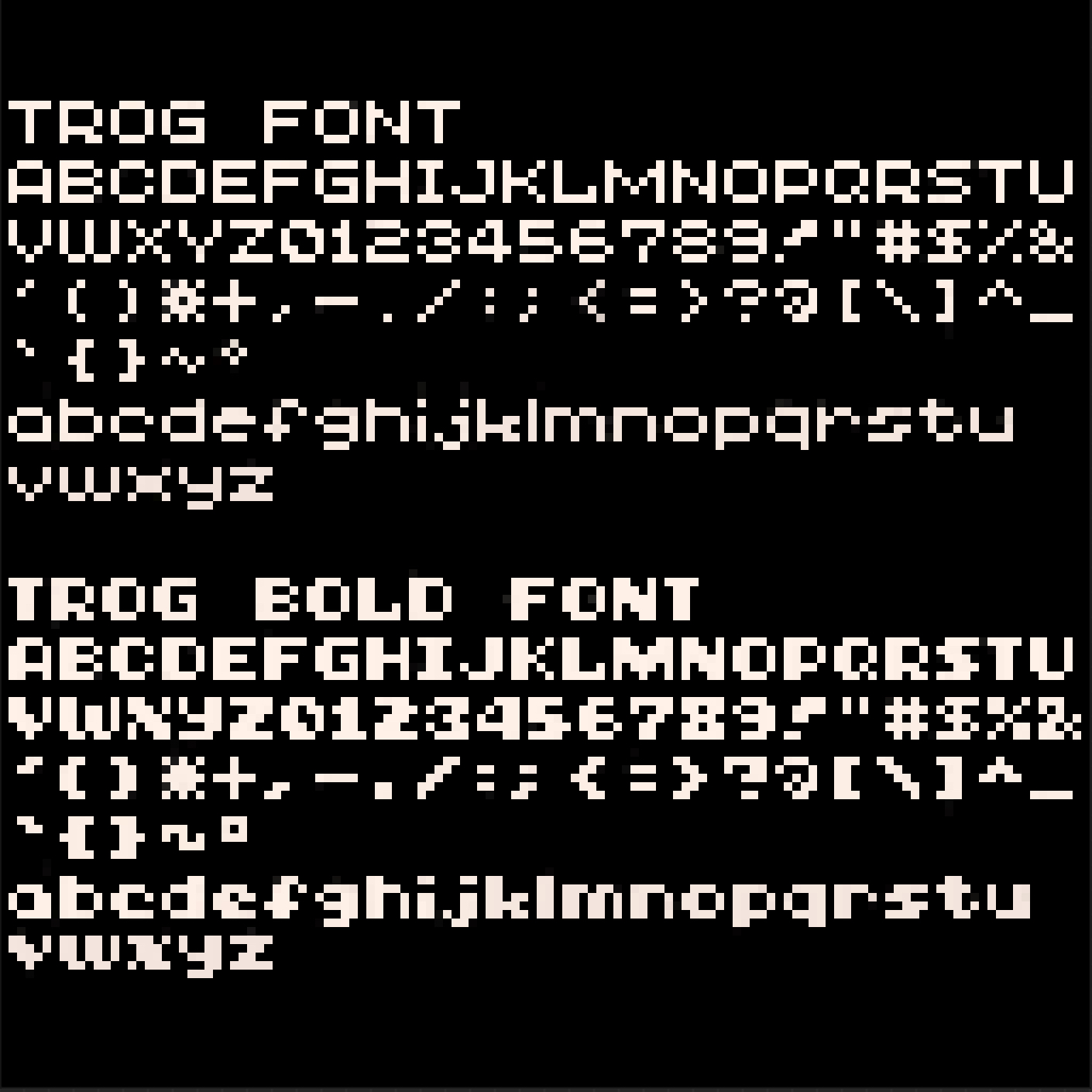


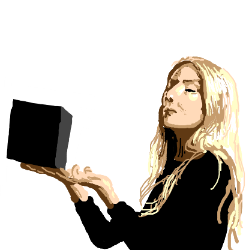


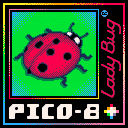
How to Play
Use the directional keys to move the “Lady Bug” 🐞 and eat all the white seeds (dots) on the course.
Don’t let the 🐞 be eaten by the predatory “Enemy Bugs” 🪲 that chase the 🐞 around the screen. Use the turnstiles to allow the 🐞 to dodge the 🪲.
The 🪲 cannot turn the turnstiles. If the 🪲 hits a 💀, it disappears and is sent back to the bug box in the center of the coarse.
When the 🐞 hits the skull 💀 or is eaten up by a 🪲 , it disappears.
When players lose all the 🐞, the game is over.
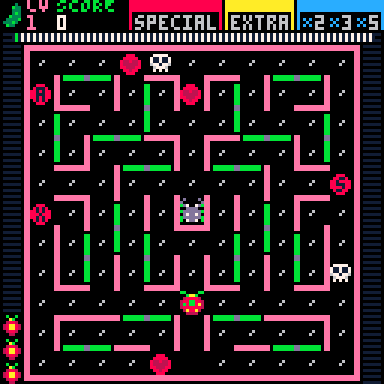
Scoring
The scores awarded when various things are eaten up by the players’ 🐞 are as follows :










Good eeeevening!
Delve deep into the Carpathian Count's castle and destroy its evil once and for all! But beware! Bats, zombies, witches, skeletons and more plague his castle's many chambers. Clear out these ghouls and douse all the torches to advance. Then it's time say lights out to the Undead Count himself!
Hi all. I'm a graphic designer in my 50s and this is my first complete game (be gentle, heh). I was inspired by the LazyDevs Shmup tutorial and wanted to make something that felt a little arcade-y but which was a platformer as well. Most of the code came from following the Shmup tutorial code and solutions, coupled with some tips on creating a platformer from Nerdy Teachers. Honestly, I don't know how to categorize this game. Clearly it draws inspiration from Castlevania, but is a single screen wave/level/chamber at a time rather than side-scrolling.
I had a lot of fun creating this. The palette changes required a LOT of planning but it all worked out, and creating the sprites for it all was very satisfying. There are countless things I probably can do better on, code-wise, but I'm happy just to have completed it under the token limit, heh.



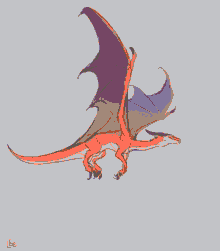
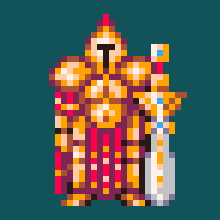










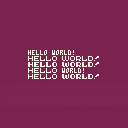
 7 comments
7 comments